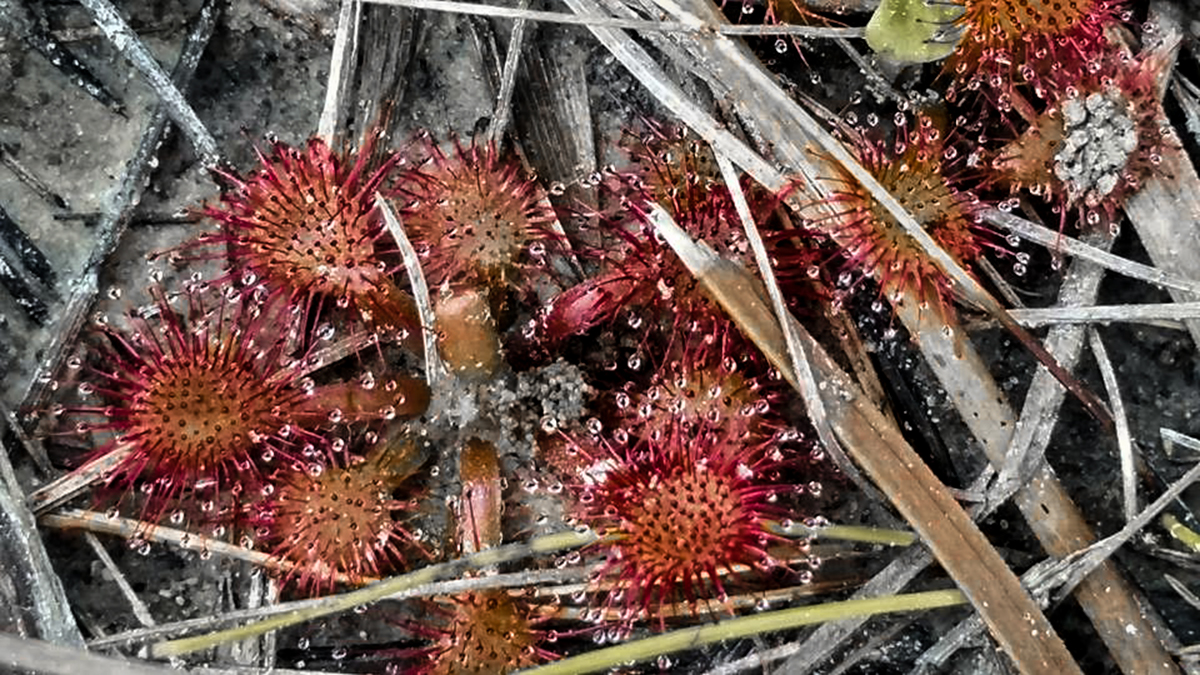 Bayou La Terre Woodland Center
Bayou La Terre Woodland Center
Please read the following carefully before participating in any activities at Bayou La Terre Woodland Center.
Essential Information for Participants and Visitors
Mindfulness & Care
The most useful guideline is to practice mindfulness and care while on the land. Pay attention to all the beings and phenomena that you experience. Thich Nhat Hanh has said that “the miracle is to walk the earth” (La Terre) and that “mindfulness is the miracle which can call back in a flash our dispersed mind and restore it to wholeness so that we can live each minute of life.” Cultivate the clarity of your own (that is, Nature’s) mind. Through our awakened presence on the land, we learn to appreciate, care for, and nurture its goodness, beauty, and creativity.
General Safety
While walking, watch out for holes from rotted out trees. Be aware of occasional dead trees that might fall if disturbed. Watch out for slippery creek banks, Use the ropes on the trails up and down the creek banks. Be aware that the creek bed with clay deposits is often very slippery. Always look for poison ivy when walking in the woods. Be aware of ticks. Don’t get lost in the woods! Stay on the trails. If you get lost, notice the contour of the land. Hike down the slope of the land and follow the creek back to the cabin. Wear long pants and shoes, not sandals, when hiking in the woods. Drink water when hiking, especially in warm or hot weather. Water is available any time from the faucet in the middle of the field behind the main house, at the house, or at the end of the water line near the cabin. If you are sensitive to the sun, wear a hat and use sunscreen. Don’t litter and be sure to pick up and dispose of any dropped objects or debris. Bring water and a flashlight on trails, along with your compass, if you have one. Snakes are seen, though relatively rarely. There are four kinds of venomous snakes (including several varieties of some): water moccasin or cottonmouth, copperhead, rattlesnake, and coral snake. A chart of venomous and other snakes can be found at the house.
Fire Safety
Wildfire destroys wide swaths of forests and grasslands. The black stumps and scorched earth left by those fires are reminders that we should always follow basic fire safety when in the forest or on a grassland. Here are some of those basics: Scrape dead grass and other flammable materials away from campfire sites. Keep campfires small and under control. Keep a shovel and a water container nearby to douse escaped embers. Put campfires dead out before leaving your campsite or going to sleep. This requires adding water and stirring hot coals until they are cool to the touch. Do not park vehicles in tall dry grass, since hot tailpipes can cause dried fuels to catch on fire. Remember that any ignition (cigarettes, campfires, vehicles) could cause a wildland fire.
Waste Management
Proper disposal of human waste is important to avoid pollution of water sources, avoid the negative implications of someone else finding it, minimize the possibility of spreading disease, and maximize the rate of decomposition. In most locations, burying human feces in the correct manner is the most effective method to meet these criteria. Catholes are the most widely accepted method of waste disposal. Locate catholes at least 200 feet (about 70 adult steps) from water, trails and camp. Select an inconspicuous site where other people will be unlikely to walk or camp. Try to find a site with deep organic soil, which contains organisms which will help decompose the feces. Choose an elevated site where water would not normally go during runoff or rain storms. Over time, the decomposing feces will percolate into the soil before reaching water sources. With a small garden trowel or camping shovel, dig a hole 6-8 inches deep and 4-6 inches in diameter. The cathole should be covered and disguised with natural materials when finished. If camping with a large group, cathole sites should be widely dispersed.
